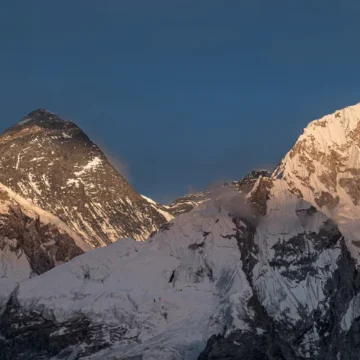
Kathmandu Durbar Square History, Place & Things to Do
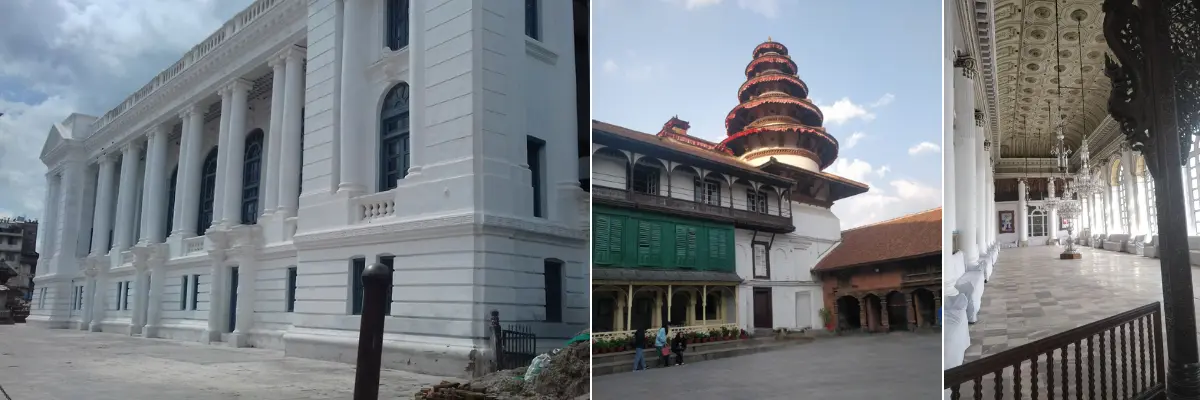
Table of Contents
Kathmandu Durbar Square, situated right at the heart of the capital city of Nepal, Kathmandu, is the most popular place in Kathmandu Valley. It is a living museum, complemented with a bustling market, art, architecture, and a friendly neighbourhood. Also known as “Basanta Durbar Square” or “Hanuman Dhoka Durbar Square”, it is the most happening place in Kathmandu Valley to explore food, fabric, history, carved temples, and the interesting Newari community and culture.
A UNESCO World Heritage Site, this square served as a royal palace of the Malla and Shah kings of Nepal. This heritage site has been a favourite place for tourists to hang out with their friends and families.
Might it be a crowded marketplace during the day, where thousands of people come along for eating and shopping, or a peaceful and calming evening, tourists can enjoy every moment here. Especially if you are a shopping freak or a food enthusiast, we recommend that you visit the Durbar Square at least once when visiting Nepal. I’m sure you are going to love it.
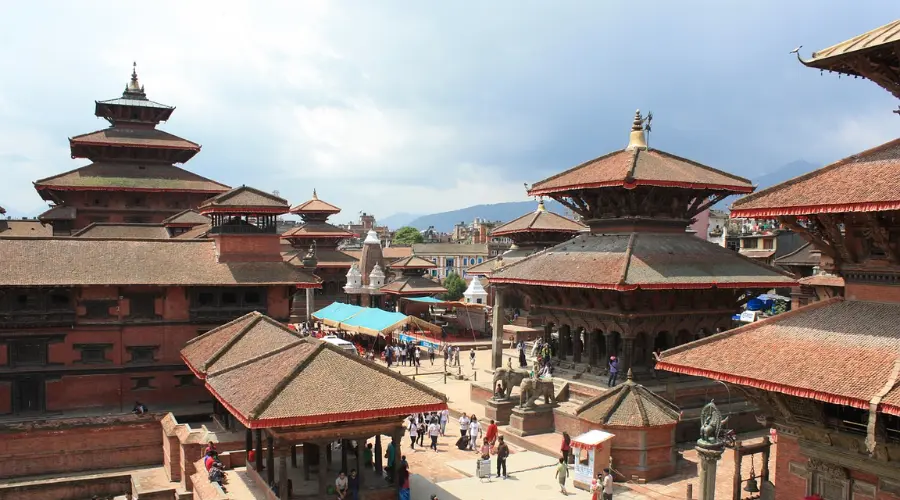
The History of Kathmandu Durbar Square
Spread across approximately 44 ropanis (about 22,384 square meters or 240,944 square feet), Kathmandu Durbar Square is a treasure trove of ancient history and a cultural hub.
This area used to be a centre for politics, royal celebrations and the biggest trade market in the past, during the Malla regime. Some of the structural evidences also suggest back to the Licchavi period (around the 3rd-8th centuries), the golden era in the history of Nepal.
Most of the monuments that we see today were only built around the 12th to 18th centuries by the Malla and Shah Kingship. The iconic Hanuman statue, which still guards the palace gate, was built during this period by Pratap Malla, from which the royal palace got its name, Hanuman Dhoka.
The Hanuman Dhoka was the seat of power until the Shah Dynasty moved to Narayanhiti Palace, now a museum and a must-visit place in Kathmandu Valley.
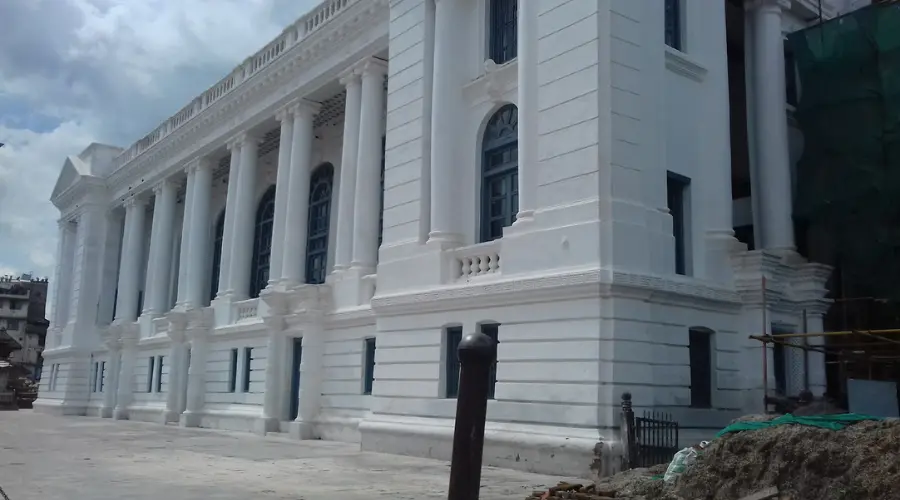
Likewise, Taleju temple (built by King Mahendra Malla in the 16th century), Kasthamandap, Hanuman Dhoka Palace, etc., are some of the attractions of Kathmandu Durbar Square.
Later on, after the unification campaign led by Prithvi Narayan Shah conquered Kathmandu in 1768, they introduced Gaddi Baithak, a building in neoclassical style, which was built in the palace. It was a blend of European and Nepali architecture, which is still an attraction point of the palace. Further, the Shah dynasty introduced the tradition of Kumari, the living Goddess of Nepal, a tradition that still exists.
However, after the earthquake of 7.8 in April 2015 struck Nepal, the royal palace (now a museum) and Kasthamandap were heavily damaged. The reconstruction process, with the support of Nepali, Chinese, and international organizations, is ongoing to preserve the national heritage of Nepal.
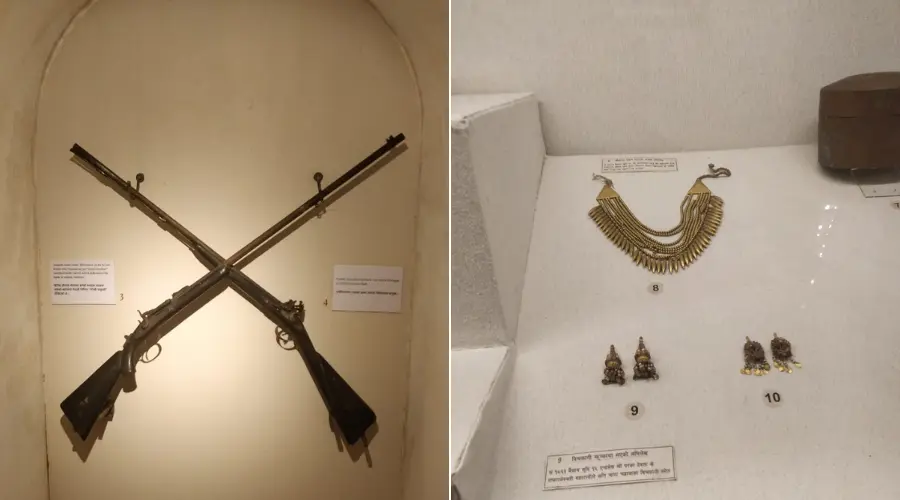
Where is Kathmandu Durbar Square Located
Kathmandu Durbar Square is located in Basantapur, the historical centre of Kathmandu, near the old royal palace. The square is surrounded by some of the famous landmarks.
Mahankal, Sankata, Bhadrakali temples and Bhimsen Tower (popularly known as Dharahara) to the east, and Kasthamandap and Maru Hiti to the west. Likewise, Jaishi Dewal is in the south, and Seto Machhindranath is in the north.
Further, the square lies southeast of Thamel (a popular tourist hub), about a 15-20 minute walk. Thamel to Kathmandu Durbar Square distance is just about 1.5km. It lies northeast, about 1.5 km (1 mile) from our office, Himalayan Masters.
The square can be accessed on foot or by vehicle from any location inside the valley. However, we suggest you walk past popular marketplaces like Jamal, Ason, Indrachowk, and New Road for a more immersive experience. Also, a rickshaw ride would definitely be a fun and unique experience.
Some Major Places to Visit Around Kathmandu Durbar Square
Kathmandu Durbar Square has lots of things to do. From artistic temples, courtyards, and statues to vibrant shopping markets, local restaurants and cafes, and entertainment activities, it has everything for everyone.
Here are some of the things that you can do or visit around Basantapur Durbar Square.
Hanuman Dhoka
Also known as Nautalle Durbar or Basantapur Durbar, Hanuman Dhoka is the royal palace, now a museum, where visitors can see antique art and artifacts. The museum also displays royal thrones, weapons, coins, garments, photographs, etc., of the Shah Dynasty.
Similarly, it also has several courtyards (chowks), the most notable being Nasal Chowk, vehicles that were used in past, gardens, and many more.
There is an entry fee of NPR 1000 (about $7.5) for foreigners, NPR 500 (about $4) for SAARC nationals, and NPR 100 for Nepali citizens. The museum stays open from Sunday to Friday, from 10 am to 4 pm.
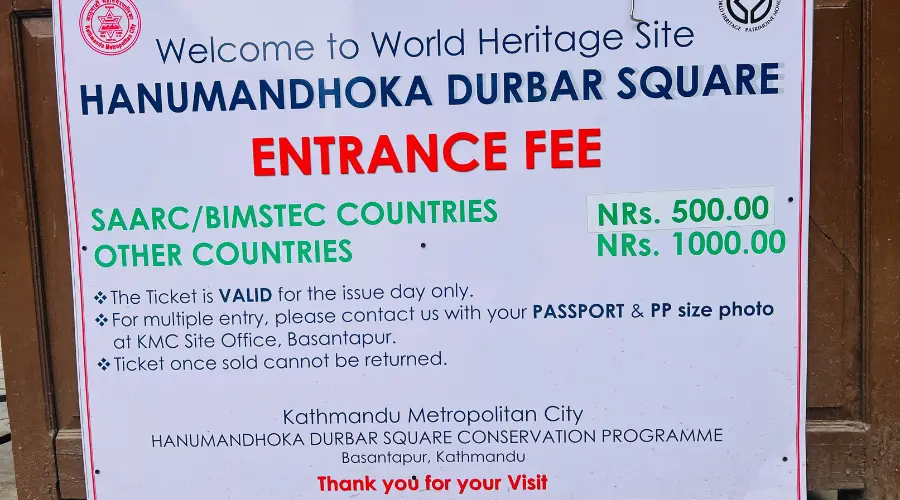
Kal Bhairav
A powerful stone idol of Shiva in the fierce form, Kal Bhairav, is another attractive feature of the square. Kal Bhairab is worshipped as a God of justice and protection. During early times, people used to take oaths in front of this statue. It was believed that if the oath is broken, devastation would fall upon them.
Do remember to give your regards and receive blessings from Kal Bhairav.

Taleju Temple
Another significant temple around here is the Taleju Temple. Taleju temple is the tallest temple in the square and is dedicated to Taleju Bhawani, the royal Goddess. Built-in 1564, this temple was opened for the public to visit just once a year during the Dashain festival.
On this auspicious day, thousands of Hindu devotees stand in line and receive blessings from Goddess Taleju. It surely is going to be a special experience for you.
Kasthamandap
Believed to be built from the wood of just one tree, Kasthamandap is used as a rest point and shelter for travellers in the past. The name Kathmandu was inspired by this structure.
Also called “Maru Satah” in the Newari language, it is now a symbol of unity and craftsmanship in Nepal Architecture.
Kumari Ghar
The House of the Living Goddess Kumari, Kumari Ghar, is going to awe you. A young Shakya clan girl who is worshipped as a divine being lives here. Also called an “Emotionless Goddess”, Kumari means “Virgin Goddess”.
Entry to Kumari Ghar is free and is open daily from 10 am to 4 pm. Wouldn’t it be great to witness the Goddess in flesh and blood?
However, you are prohibited from taking photos and videos inside Kumari Ghar. Respect local culture and regulations.
Jagannath Temple
Built around 1563, Jagannath Temple is another small yet renowned temple for its exquisite wood carvings. It is also one of the oldest structures in the square.
Shiva Parbati Temple
This temple features statues of Shiva and Parvati (Hindu gods and goddesses) watching over the square from its ornate windows. Shiva Parvati temple is a symbol of divine observation of Human activities.
Things to Buy in Kathmandu Durbar Square
Kathmandu Durbar Square is a paradise for shopping lovers. Whether it is authentic Nepali crafts or modern accessories, you can buy anything and everything around here. Additionally, if you are heading for Everest Base Camp Trek, Manaslu Circuit Trek, or any trek in Nepal, you can buy all sorts of trekking gear around here.
This area is particularly popular for traditional Newari handicrafts and other items. Wooden masks, thangka paintings, mandalas, paubha paintings (religious scroll art), mental statues, etc., are some of the popular Newari items you can buy.
Likewise, silver or Tibetan jewelry, beaded malas (prayer beads), and bone or bead bracelets are other never-ending jewelry and accessory options you can choose from.
Further, pashmina shawls, hemp items (like bags, purses, shirts, etc.), printed cotton kurtas, saris, etc., are other things to buy in Kathmandu Durbar Square. This is not just limited to that, but all sorts of clothes and textiles, from cheap to expensive, you can buy anything.
Furthermore, you might want to take something back from Nepal as a souvenir. So, buying singing bowls, lokta paper products (handmade Nepali paper), miniature thangka paintings, small statues, etc., are good options.
What to Eat in Kathmandu Durbar Square
Ok, now that you have visited the Basantapur Durbar and finished shopping, you must feel hungry. Your tummy must be growling. There is nothing to worry about, as you can choose from many food options.
Let me take you through a food tour around Kathmandu Durbar Square. Your taste palate might not like or suit Nepali cuisine, but we recommend you try authentic Nepali dishes around here. Nepali foods are normally spicy, but you can ask for “Ali Mitho” for less spicy. We assure you that you will enjoy it when you return.
A fulfilling Newari khaja set (Samay Baji) is a good option to satiate your ravenous tummy. It’s a perfect blend of beaten rice, buffalo meat, egg, beans, curry, pickle, chhoila, aloo-tama, Gundruk, and more. You can try authentic, traditional Newari foods like chatamari, bara, sel roti, sapu micha, etc. At last, in the desert, we recommend having juju dhau, yomari, etc. If you are a little drinking person, drinking locally brewed Aila or Chhyang is a good option.
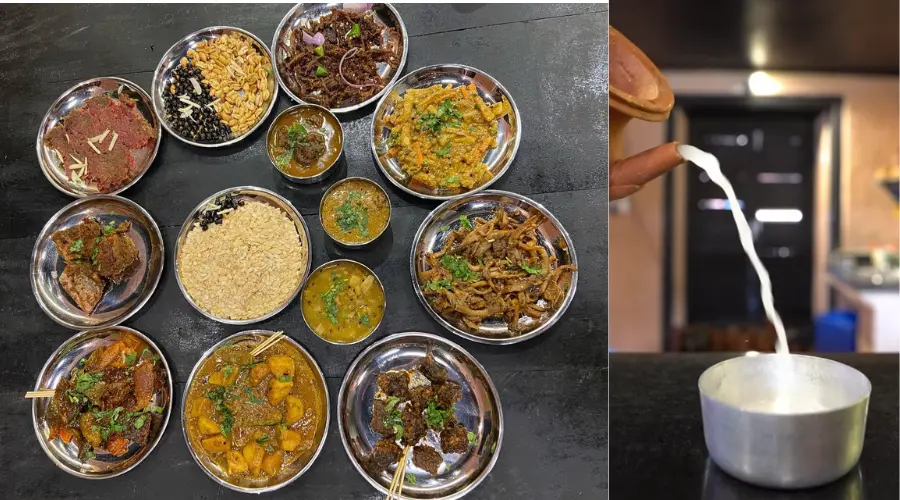
Newa Ghasa is a popular Newari restaurant in Basantapur. Not only this, but there are lots of small local family-run shops around here where you can try Mo: Mo, sekuwa, fokso fry, panipuri, etc.
Are you satisfied? If so, then also try Nepali Chiya (tea). You can see individual sellers selling tea in a thermos on the streets of Basantapur. You can ask for a cup of tea for just around 20-30 cents and drink it in the Basantapur courtyard. For a better experience, shops like Chiya Adda, nearby, sell Nepal Chiya too.
Note: Ask for ‘matka chiya’ or ‘masala chiya’.
Kathmandu Durbar Square After the Earthquake 2015
The 2015 earthquake severely damaged many temples, including Kasthamandap, Taleju, Gaddi Baithak, and the Nautalle Durbar (nine-story Basantapur Tower). Many structures were either destroyed or left-leaning.
Reconstruction efforts began soon after with the help of local communities, the Kathmandu Metropolitan Office, and international support from the Chinese, Japanese and American governments.
Likewise, Gaddi Baithak, built in a British colonial style, is being rebuilt with foreign support. The Nautalle Durbar, which had towers representing Lalitpur, Bhaktapur, and Kirtipur, is being reconstructed by the Chinese government.
Continuous efforts have been made to restore them to their original styles, preserving the authentic Newari architecture. Today, the area still has scaffolding in some places, but the majority of temples and palaces have been restored or are in active reconstruction phases.
The 2015 earthquake has been a revelation of Nepal’s delicate culture and the resilience of the Nepalese people.
Other Interesting Facts About Kathmandu Durbar Square
- Foreigners are not allowed to enter some temples and courtyards.
- It used to be the main royal coronation ground.
- The area is mainly inhabited by the local Newar community, preserving ancient culture.
- On average, around 600-1000 tourists visit the royal palace daily.
- More than 100 tourists visit Kumari Ghar daily.
- The tradition of Kumari started after Goddess Taleju appeared in a dream and asked King Jaya Prakash Malla to appoint a young Shakya girl as her living embodiment.
- The square is especially very beautiful and lively in the evenings.
- Kathmandu Valley has 3 Durbar Squares: Kathmandu, Bhaktapur and Patan.
- The Taleju Temple is the tallest historic structure around here, and it is only open once a year in Dashain.
- There is an art gallery showing historic places and events.
- The Kal Bhairav idol was hidden underground for centuries before being rediscovered.
- Royal guards dressed in different, unique attire like that during the Shah’s regime.
Want to know more?
Speak to an Expert





Sandip Dhungana
Nepal 🇳🇵
Whatsapp: +977-9823636377

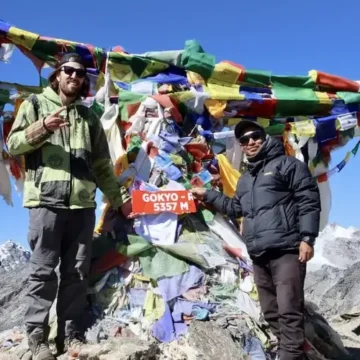

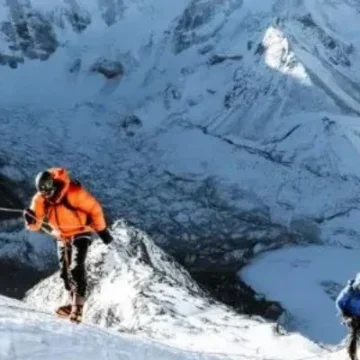

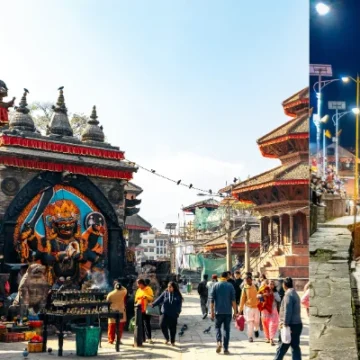
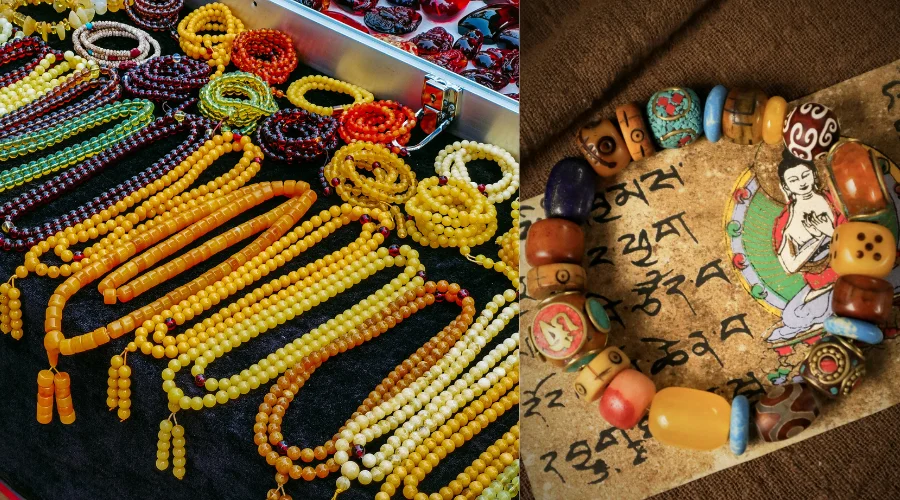
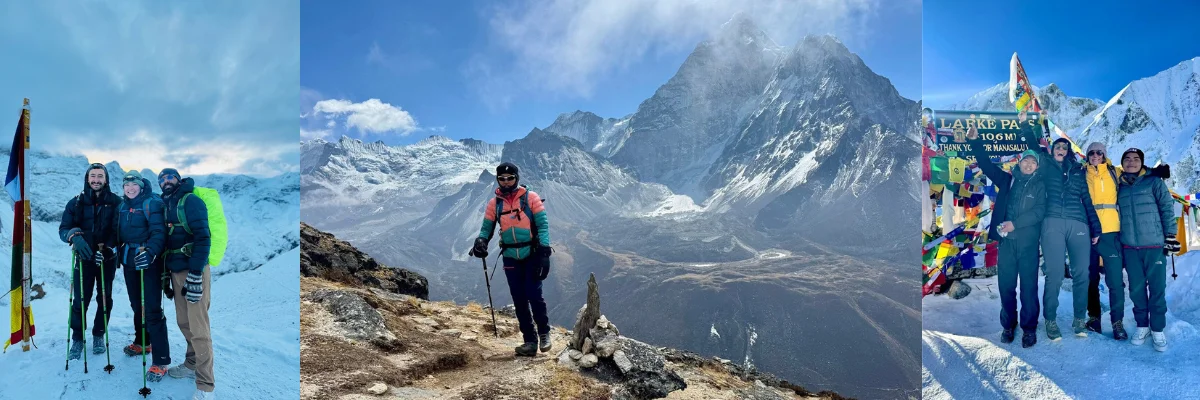

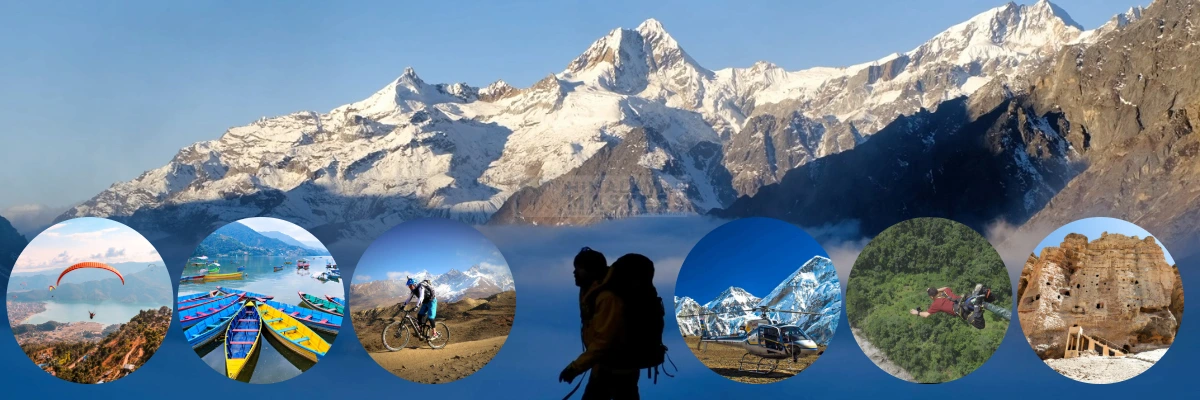
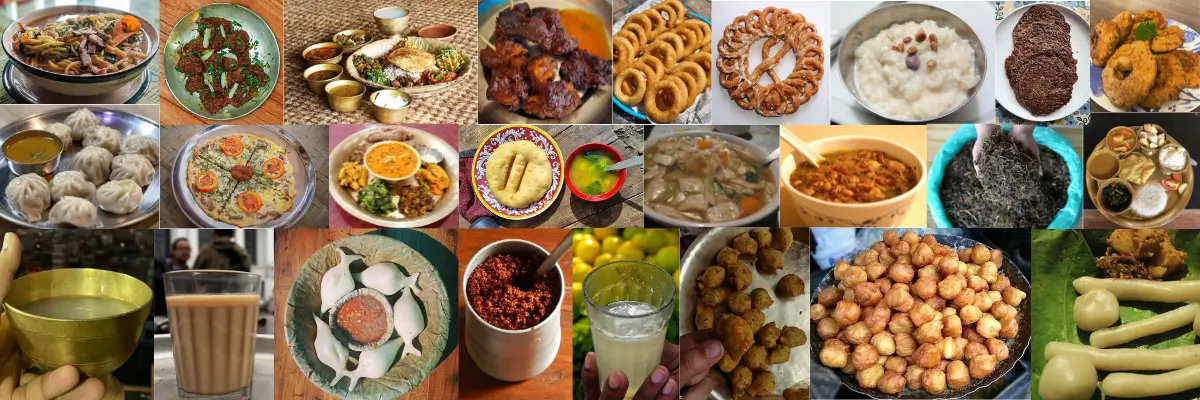
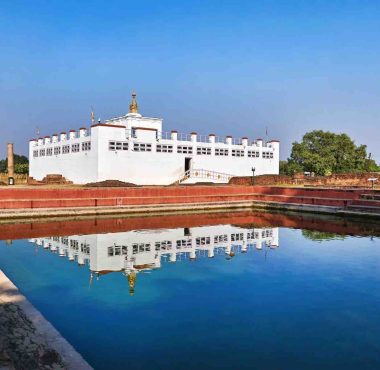
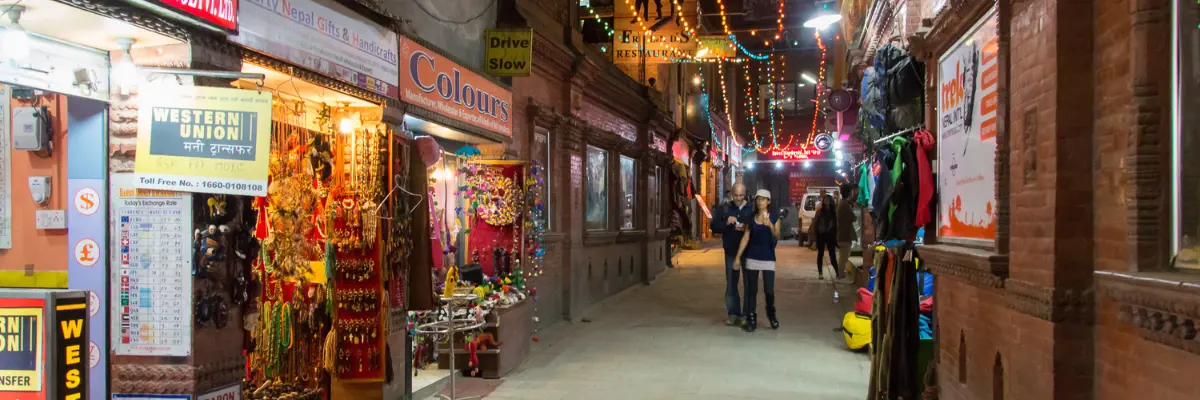
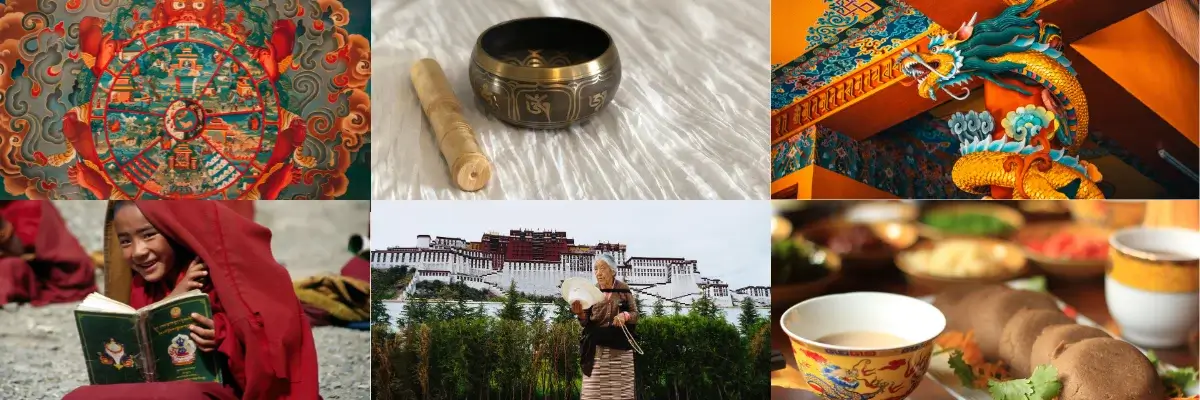







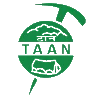

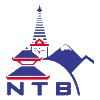
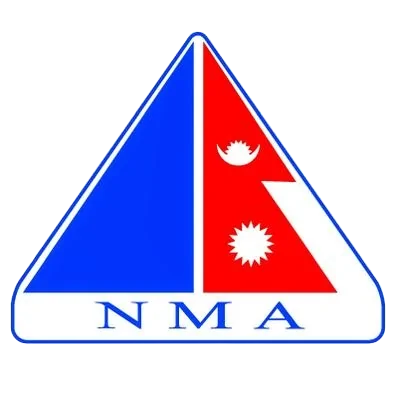

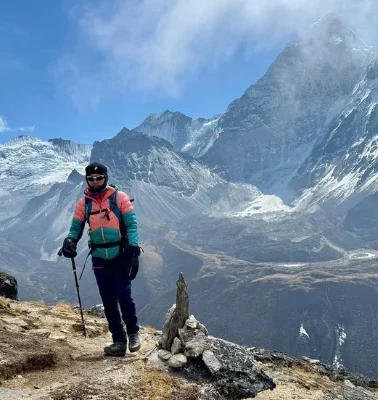
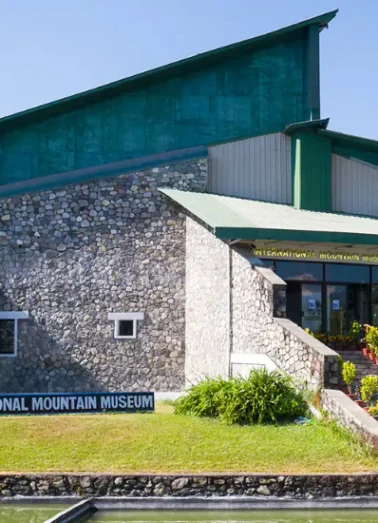
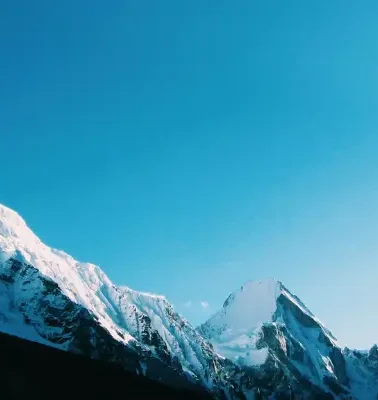
Leave Your Comment